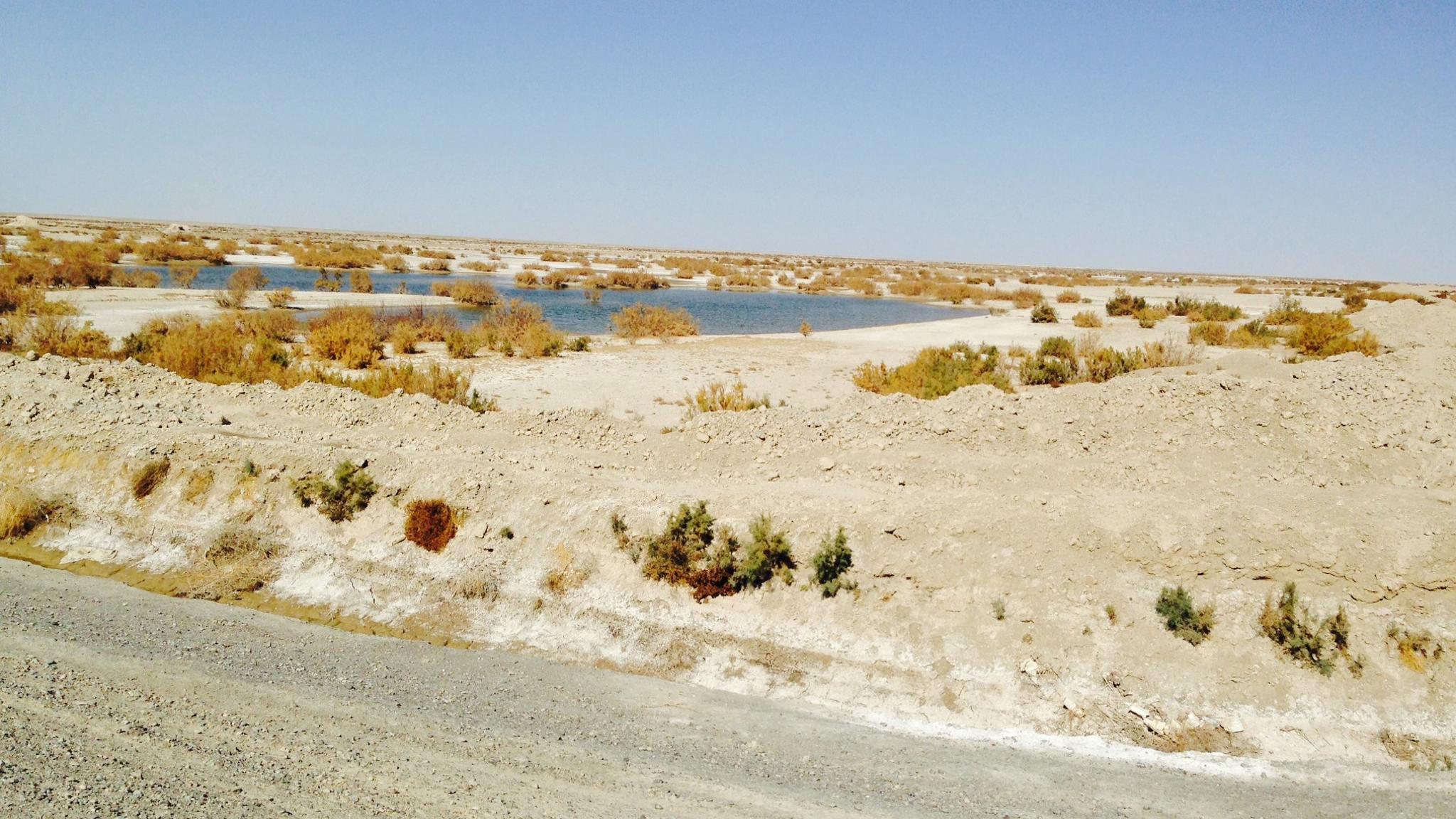Over 70% of the southeastern Hamoun Wetlands (also known as Hamouns) in Sistan-Baluchestan Province are drying up, largely because of Afghanistan's injudicious dam construction on its tributaries.
According to Ali Kord, a member of the parliament, Afghan authorities are conducting dam projects on Hirmand River, a transboundary water resource and the wetlands' main feeder.
“The wetlands are considered a vital resource for the local residents, supplying water for Zahedan. By depriving the country [Iran] of its water rights from Hirmand River, Afghanistan is making things worse for the already water-stressed regions, turning the wetlands into a bare desert,” Zist Online quoted Kord as saying.
The official called on the ministries of interior, energy and foreign affairs to hold talks over Iran’s water rights with the authorities of the neighboring country, although Iran has repeatedly engaged in negotiations with Afghanistan over Hirmand River, apparently to no avail.
Reportedly, in 1972, Iran and Afghanistan signed an agreement on Hirmand waters, which was to the huge disadvantage of Iran and reduced its water right to less than 10%.
Suffering from drought for more than a decade, the embattled wetlands are now a source of dust storms, which have become more vulnerable than it had ever been.
Authorities have so far taken a number of measures to save Hamouns, including siphoning water into the wetlands as part of a three-phase project to reduce the intensity of dust and sand storms in the province.
Additionally, last year in February, restoration teams unblocked all streams within Iran's borders that move toward Hamoun and implemented dredging operations at the mouths of Afzalabad and Lurgbagh rivers.
However, poor water diplomacy and management again disturbed its partial ecological stability, such that since the beginning of the current Iranian year (started March 21, 2017), fire has raged through the wetlands twice.
The Hamouns are transboundary wetlands on the Iran-Afghanistan border and constitute three lakes: Hamoun-e Hirmand, which is entirely in Iran; Hamoun-e Sabari on the border; and Hamoun-e Puzak, which is almost entirely inside Afghanistan. The three lakes are linked and fed by water mainly from Afghanistan’s Hirmand River.
With an area of about 50,700 square kilometers, the interconnected wetlands were considered the largest freshwater lake across the Iranian Plateau.
Twenty years ago, most of the area was green and boasted a variety of flora and fauna. The lake teemed with fish and the total annual catch used to exceed 12,000 tons.
To attract global attention to the dire state of the wetlands and secure funds from international organizations, Iran made efforts to nominate the Hamouns to the UNESCO Man and Biosphere Program. In March 2016, the International Coordinating Council of UNESCO’s Man and the Biosphere Program added Hamoun to the World Network of Biosphere Reserves during its meeting in Lima, Peru.


